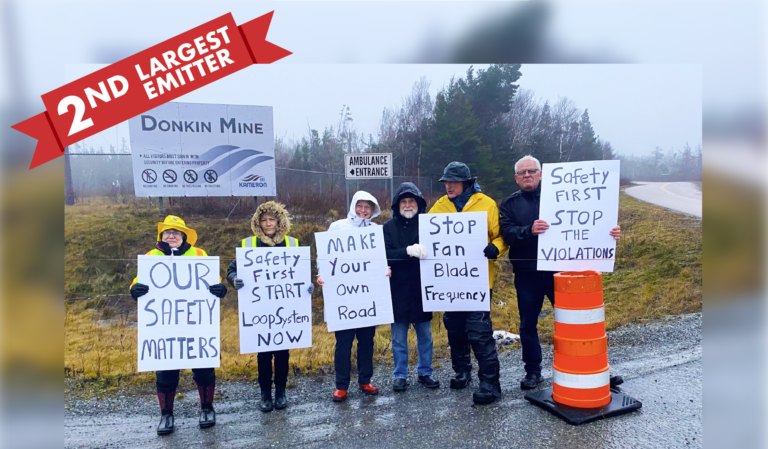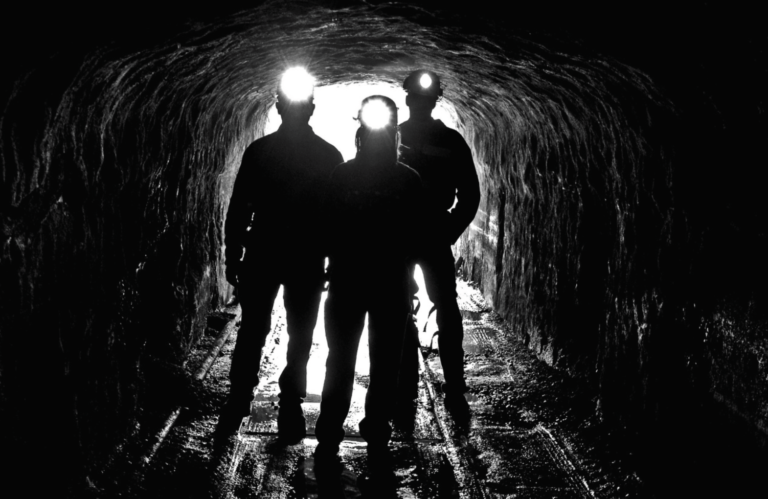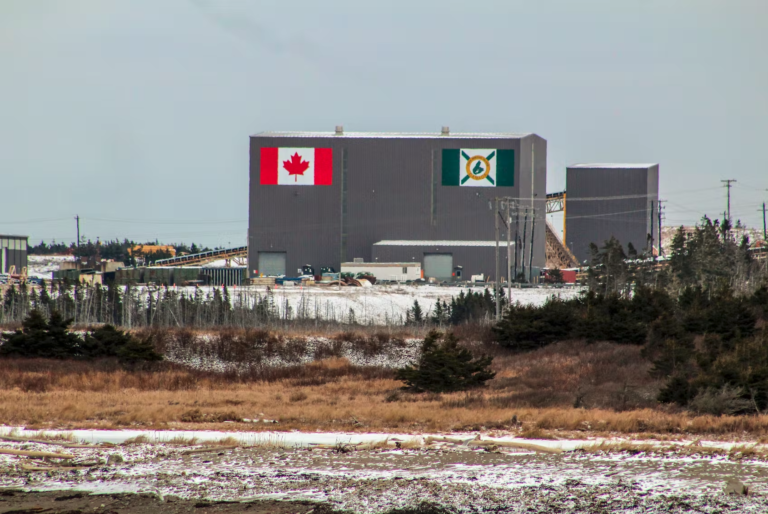Sierra Club Canada, Beyond Coal Atlantic
Coal and Greenhouse Gas Emissions
The coal at the Donkin mine is primarily subsea metallurgical coal, used in steelmaking; steelmaking with coal is “responsible for roughly 5% of global emissions—as much as the entire aviation industry.”
New research shows that mining coal emits 50 percent more methane into the atmosphere than previously thought. Methane is an even more potent and fast-acting (i.e., atmospheric-warming) greenhouse gas than carbon dioxide. In fact, the impact of a tonne of methane is equivalent to between 84 and 87 tonnes of CO2 over a 20-year timeframe (see the International Energy Agency’s World Energy Outlook 2017, p. 405).
Alternatives to using coal in steel production
We don’t have to use coal to make steel. There are viable alternatives, such as using green hydrogen and clean renewable energies. Steel can also be infinitely recycled.
See: Do we really need coal to make steel? – Wildsight
How the global steel industry is cutting out coal | The Narwhal
Swedish Steelmaker Uses Hydrogen Instead Of Coal To Make Fossil-Free Steel
The toxic legacy of Cape Breton’s abandoned coal mines
Each year, the Cape Breton Regional Municipality has to treat approximately 6 billion litres of waste water from Cape Breton’s abandoned coal mines for contamination. Taxpayers are footing the bill, not the mining companies.
Better uses for abandoned coal mines
Coal mines can be—and are being—converted into sites for clean renewable energy.
See: Renewables Revive Abandoned Mines
Experts from Across Appalachia Gather to Discuss Opportunities for Solar on Mine Lands
Did you know that Cape Breton’s Cabot Links golf course in Inverness was built on the site of an abandoned coal mine?
Self-reporting and no cap-and-trade
The operators of the Donkin coal mine are allowed to self-report their greenhouse gas emissions to Nova Scotia Environment and Climate Change, without an expert independently verifying their reports. The company’s emissions reports are based on engineering estimates rather than actual emissions testing at the mine.
Emissions from Donkin Mine are not included in Nova Scotia’s cap-and-trade program, which essentially keeps them off the province’s CO2-accounting radar.
Ownership structure of the Donkin coal mine
The Donkin mine is owned by Kameron Collieries ULC, a subsidiary of the US-based Cline Group. ULC stands for “unlimited liability company.” Nova Scotia is one of only four provinces to allow U.S. companies to incorporate as ULCs. By incorporating as a ULC, a U.S. corporation becomes a “flow through entity for US tax purposes” and significantly reduces the amount of taxes it is required to pay in Canada.
Contrary to its name, a ULC’s liability is very much limited. Practical Law Canada Corporate & Securities explains:
- “Members of a Nova Scotia unlimited company (ULC) might not be liable for torts committed by or contractual damages awarded against the ULC.”
- “Parties may expressly contract out of member liability (section 135(f), Nova Scotia Companies Act).”
- “The NSCA [Nova Scotia Companies Act] does not impose liability on directors for wages or other monies due to employees.”
Poverty in Cape Breton and a just transition
The unemployment rate in Cape Breton is more than double the provincial average. Many of those who are employed are stuck with seasonal, part-time, and low-paying jobs. According to the latest Report Card on Child and Family Poverty in Nova Scotia, one in three children in Cape Breton lives in poverty.
Cape Bretoners need well-paying jobs to support their families. The provincial and federal governments must take action to incentivize the creation of green jobs, and other jobs outside of the fossil fuel sectors. It’s time for governments to stop rolling out the red carpet for mining companies that leave taxpayers to clean up their mess. Let’s invest in the future of Cape Breton.
Three years of sleep deprivation from Donkin mine noise, and no end in sight
The ventilation fans operating at the idled Donkin coal mine produce low-frequency noise pollution that is harming nearby residents. If the mine were closed once and for all, it would naturally flood, helping to mitigate the methane emissions, and the fans could be retired.
See:
U.K. company says noise from Donkin Mine at 7 km away worst they’ve seen in over 30 years | Saltwire Cape Breton Post April 26, 2021
LETTER: Cape Breton mine noise pollution needs to stop | SaltWire May 21/21
LETTER: Noise at former Cape Breton mine still upsetting nearby residents | SaltWire Jan 13/22LETTER: Sound torture from former Cape Breton coal mine unbearable | SaltWire June 9/22
As it turns out, Kameron Collieries could have installed conventional silencers to significantly reduce the noise of the ventilation fans, but it chose not to because of the cost involved. According to the Donkin Mine Community Liaison Committee meeting minutes from June 8/22, the manager of the mine, Cameron McLennan, stated that the company has successfully used conventional silencers in their mining operations in the U.S. However, he pointed out that they are expensive to install and were not deemed a realistic option for Donkin mine because the mine was not generating revenue while in idle mode. Translation: It’s okay for the community to suffer if it saves Kameron Collieries money.




